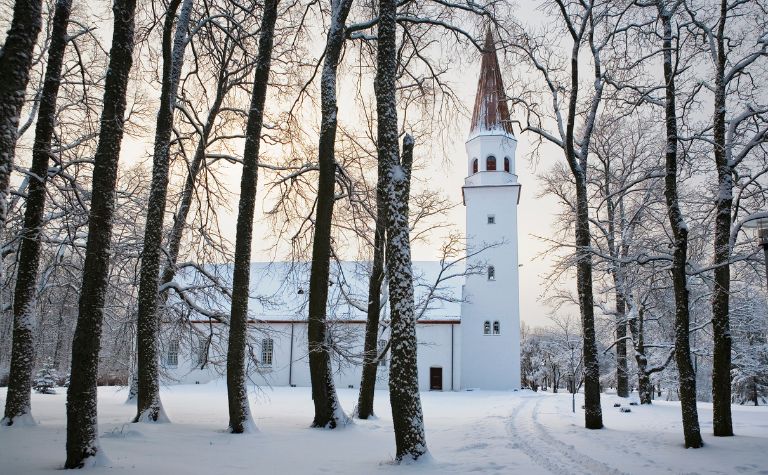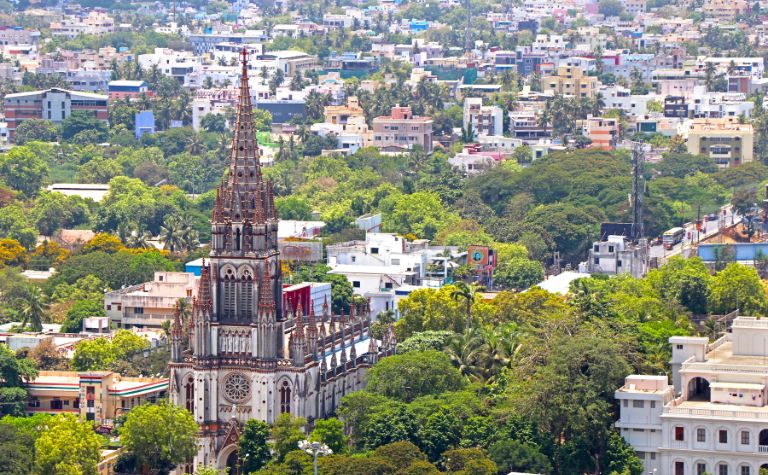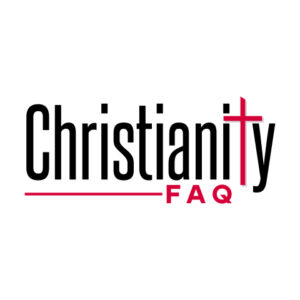Explore the differences between Roman Catholicism and Anglicanism using the comparison charts below. From church governance to communion, the tradition’s contrasts reveal unique convictions. Examine the historical, theological, and cultural facets that define and distinguish these Christian traditions.
In summary, Catholicism recognizes the Pope as the supreme authority, adheres to Catholic tradition, and holds seven sacraments. Anglicanism has no central figure, allows more flexibility in liturgy and beliefs, and considers the Archbishop of Canterbury a symbolic leader. Both share common Christian beliefs.
Why are Catholicism and Anglicanism similar? Why do the traditions agree about baptism but disagree about communion? Do they largely agree or disagree about other doctrines and beliefs?
Do Catholics consider Anglicans Christians (and vice versa)? What are the most important moments in each tradition’s history? Keep reading to learn the answers to these questions and others.

Comparing the Catholic and Anglican Traditions: At a Glance
The Anglican Church originated in the 16th century during the English Reformation, separating from the Roman Catholic Church.
Despite this split, many traditions and practices were retained, resulting in similarities in liturgy, sacraments, and belief in the Trinity, while differing in areas like church governance and views on communion.
| Category | Catholic | Anglican |
|---|---|---|
| Name | Roman Catholic Church | Anglican Communion |
| Size | Around 1.3 billion members | Approximately 85 million members |
| Date Started | 1st Century AD | 16th Century AD (with the English Reformation) |
| Founders | Jesus Christ, the Apostles | Henry VIII (political); Thomas Cranmer (theological) |
| Key Beliefs | Trinity, Sacraments, Papal Authority, Apostolic Succession | Trinity, Sacraments, via media (middle way between Catholicism and Protestantism) |
| Key Practices | Mass, Confession, Prayers, the Rosary | Holy Communion, Morning and Evening Prayer, Baptism |
| Divisions | Latin Church, 23 Eastern Catholic Churches | Different provinces, such as the Church of England, the Episcopal Church (USA), etc. |
| Central Location | Vatican City (historic center) | Canterbury, England (spiritual center) |
| Sacred Texts | The Bible (including Deuterocanonical books), Catechism of the Catholic Church | The Bible, Book of Common Prayer |
The Deuterocanonical books are seven texts in the Catholic Old Testament but not in the Hebrew Bible. The Catholic Church regards them as inspired and canonical, meaning they are considered authoritative. They are used in teachings and liturgy, reflecting the church’s belief in their significance.

Catholic and Anglican Beliefs: Similarities and Differences
Baptism is an example of a belief and practice that the Catholic and Anglican Church have in common. Both traditions view it as a sacrament of initiation, signifying entrance into the Christian faith.
Baptism is an initiation because it marks the beginning of a person’s spiritual journey within the church community, signifying cleansing from sin and a new life in Christ. It’s a shared rite that unifies these traditions in understanding and practice.
| Category | Catholic | Anglican |
|---|---|---|
| Sacred Texts | The Bible (including Deuterocanonical books), Catechism | The Bible, Book of Common Prayer |
| The Trinity | Belief in one God in three Persons: Father, Son, Holy Spirit | Belief in one God in three Persons: Father, Son, Holy Spirit |
| Sin | Original sin inherited from Adam; personal sins requiring confession | Original sin; personal sins; emphasis on repentance |
| Person & Work of Jesus Christ | Fully human and divine; Savior; Redemptive death and resurrection | Fully human and divine; Savior; Redemptive death and resurrection |
| Salvation | By God’s grace, through faith and good works | By God’s grace, through faith; views on works vary |
| Baptism | Sacrament of initiation; infants and adults | Sacrament of initiation; infants and adults |
| Communion | Transubstantiation; Real Presence of Christ | Various views, including Real Presence and Spiritual Presence |
| Holy Spirit | Third Person of the Trinity; active in the Church and individual lives | Third Person of the Trinity; active in the Church and individual lives |
| Church Government | Hierarchical with Pope, Bishops, Priests, Deacons | Episcopalian structure; Bishops, Priests, Deacons; varies by province |
| Eschatology | Belief in Heaven, Hell, Purgatory; Second Coming of Christ | Belief in Heaven, Hell; views on Purgatory vary; Second Coming of Christ |
Unlike baptism, the Catholic and Anglican Church have different views on communion. See a comparison table below to compare and contrast their convictions on the doctrine.

Catholic Communion vs. Anglican Communion
Understanding the differences between Roman Catholic and Anglican views on communion reveals fundamental theological distinctions in these traditions.
It aids in ecumenical dialogue, fosters mutual respect, and helps individuals within these faiths to practice their beliefs with a deeper awareness of their own tradition’s unique interpretation of this sacrament.
| Category | Catholic | Anglican |
|---|---|---|
| Understanding of Presence | Transubstantiation: bread and wine become the actual body and blood of Christ | Views vary, including Real Presence and Spiritual Presence; some may affirm transubstantiation, others a symbolic presence |
| Recipients of Communion | Baptized and confirmed Catholics in a state of grace; must observe fasting rules | Generally, baptized Christians; policies may vary between provinces and congregations |
| Frequency of Celebration | Typically celebrated daily at Mass | Varies widely; often celebrated weekly, but can be less frequent |
| Role of Clergy | Only ordained priests or bishops may consecrate | Ordained priests or bishops usually consecrate; some provinces allow deacons or lay ministers to distribute |
| Liturgy and Ritual | Follows a standardized liturgy from the Roman Missal | Liturgy varies by province and can be found in the Book of Common Prayer or other authorized texts |
| Views on Sin and Worthiness | Must be in a state of grace; confession may be required for those conscious of mortal sin | Approach may vary; emphasis on repentance, but formal confession typically not required |
| Intercommunion with Other Denominations | Generally not practiced with non-Catholic Christian communities | Some provinces may practice open communion with other Christian denominations |
In broad terms, Catholics and Anglicans recognize each other as Christians. Despite theological differences, both affirm the basic tenets of historic Christianity, such as belief in the Trinity and the divinity of Christ. This mutual recognition underscores a shared identity within the broader Christian community.
Church Governance in Catholicism and Anglicanism
Knowing the differences between Roman Catholic and Anglican church governance illuminates their organizational structures and authority dynamics.
This understanding aids in ecumenical relations, enriches theological study, and helps believers navigate their faith’s hierarchy and decision-making processes, reflecting the unique identities of these Christian traditions.
| Category | Catholic | Anglican |
|---|---|---|
| Hierarchy | Pope, Cardinals, Archbishops, Bishops, Priests, Deacons | Archbishops, Bishops, Priests, Deacons; structure varies by province |
| Head of the Church | The Pope (Bishop of Rome) | No central human authority; Archbishop of Canterbury is a symbolic leader |
| Decision-making Body | Vatican councils, Synods; Pope has final authority | Provincial Synods or Conventions; decisions made at various levels of the church |
| Local Autonomy | Limited; local bishops answer to the Pope | Considerable; provinces have substantial independence in governance |
| Role of Laity | Limited in church governance, more involved at parish level | Can be involved in decision-making at various levels, including parish and diocesan |
| Selection of Bishops | Appointed by the Pope | Varies by province; often elected by clergy and lay representatives |
| Teaching Authority | Doctrine determined centrally; Pope’s teaching considered infallible in certain conditions | More dispersed; bishops and Synods have authority, but interpretations can vary |
| Interactions Between Provinces | Unified structure; all answer to Rome | Communion between provinces, but they operate independently |
| Clerical Celibacy | Required for most priests in the Latin Church | Not generally required; varies by province |
10 Important Events in Catholic and Anglican History
Understanding major events in Roman Catholic and Anglican history is essential for grasping the theological, cultural, and social influences of these traditions.
It helps in appreciating the richness of Christian thought and the ways these churches have shaped and responded to historical and contemporary challenges.
| Catholic History | Anglican History |
|---|---|
| 1. Establishment by Christ (1st Century AD) | 1. English Reformation (1534) |
| 2. Council of Nicaea (325) | 2. Book of Common Prayer Introduced (1549) |
| 3. Great Schism (1054) | 3. Elizabethan Settlement (1559) |
| 4. Fourth Lateran Council (1215) | 4. King James Bible Published (1611) |
| 5. Thomas Aquinas’s “Summa Theologica” (1274) | 5. Restoration of the Episcopacy (1660) |
| 6. Protestant Reformation (1517) | 6. Formation of Methodist Movement (18th Century) |
| 7. Council of Trent (1545-1563) | 7. First Lambeth Conference (1867) |
| 8. Vatican I (1869-1870) | 8. Ordination of Women (20th Century, varies by province) |
| 9. Vatican II (1962-1965) | 9. Gene Robinson’s Consecration (2003) |
| 10. Canonization of Pope John Paul II (2014) | 10. Anglican Communion’s Covenant Adopted (2009) |
Related Questions
Explore the rich diversity of Christian denominations. Learn how varied beliefs, practices, and traditions shape the Christian faith. Understanding these differences can deepen your insight into...
Catholic vs. Protestant vs. Orthodox: What's the Difference?
Roman Catholicism, Protestant Christianity, and the Eastern Orthodox Church are the three historical branches of the Christian religion. Each tradition traces its doctrines and practices to the New...
